Our first hotel was at Hanabanilla and when we were within half a mile of it there seemed to be a bit of traffic and quite a few people milling around. We were told that the road was flooded and that we would be taken there by boat. Last time we were here in March 2017 the water level was very low but had been raised quite a bit last October.
|
There were more Cuban Martins around this morning than there had been last night and there seemed to be quite a bit of aggression perhaps caused by competition for nesting sites. As soon as our transport arrived we set off to pick up our friends Douglas and Rayner from in the city and set off to visit the Habana Botanic Gardens. We only had time for a short visit this time but it was worthwhile. A Gray Kingbird was holding territory and a pair of Northern Bobwhite was a new bird for me. Garrido and Kirkconnell (2000) say this is a common permanent resident in lowland areas. I think if it were common we would have seen it before. There was quite a variety of butterflies in small numbers including Dainty Sulphur Nathalis iole, Cuban Crescent Anthanassa frisia and Phaon Crescent Phyciodes phaon. A damselfly proved to be a male Familiar Bluet Enellagma civile which we have seen once before Doug set off finding several larvae including a Barred Yellow Eurema daira which I had never seen before. There was a also a single Common Long-tailed Skipper Urbanus proteus and we searched an area of Costus spiralis and soon found several larvae and a pupa of Perching Saliana Saliana esperi. It was soon time to say goodbye to Rayner and set off to the Escambray hills in the middle of the island where we would spend the next two weeks. Rayner told us that there had been a huge amount of rain in Cuba throughout May, much more than usual, and the Escambray area had been badly affected so not to expect too many butterflies. Apparently the main highway running east from Habana had been flooded and impassable for three days just two weeks ago so it must have been bad. But at least the countryside looked green. On the way our driver Raoul stopped for fuel twice at petrol stations on the main highway only to be told that they had run out. This is not uncommon and the taxi drivers learn to live with the inconvenience. He diverted to a small rural fuel pump that he knew of and filled up there. Our first hotel was at Hanabanilla and when we were within half a mile of it there seemed to be a bit of traffic and quite a few people milling around. We were told that the road was flooded and that we would be taken there by boat. Last time we were here in March 2017 the water level was very low but had been raised quite a bit last October. The reservoir was created by the construction of a dam between 1958-1961. The hydroelectric power station was commissioned in 1963 and is the largest in the country. The reservoir was now at its highest level since it was constructed 60 years before. In fact it was full to overflowing, about 30 feet higher than when we had been here 15 months before. It had been constructed with overflows as a contingency to let water run safely back into the river valleys and Hotel Hanabanilla had been constructed above this overflow level but the access road was not. Everything now had to go in and out by boat. We got ourselves booked in at the hotel and went out for a short walk before dinner. As we walked outside Doug recognised the calls of Antillean Nighthawk overhead. The Cuban name Querequté is onomatopoeic and the calls can be heard at a considerable distance. There were several birds putting on a great show including one that seemed to be doing display dives over the hotel entrance. Its not often you see a bird flying upside down and to be fair this was photographed from below as the bird did a dramatic turn into a dive so its not really upside down - just appears so. Absolutely captivating and having got to know the calls we went on to see them every evening of our holiday.
0 Comments
Leave a Reply. |
Welcome to our Blog
Here we will post interesting news about what we and others have seen in Cuba. Archives
July 2024
Categories |
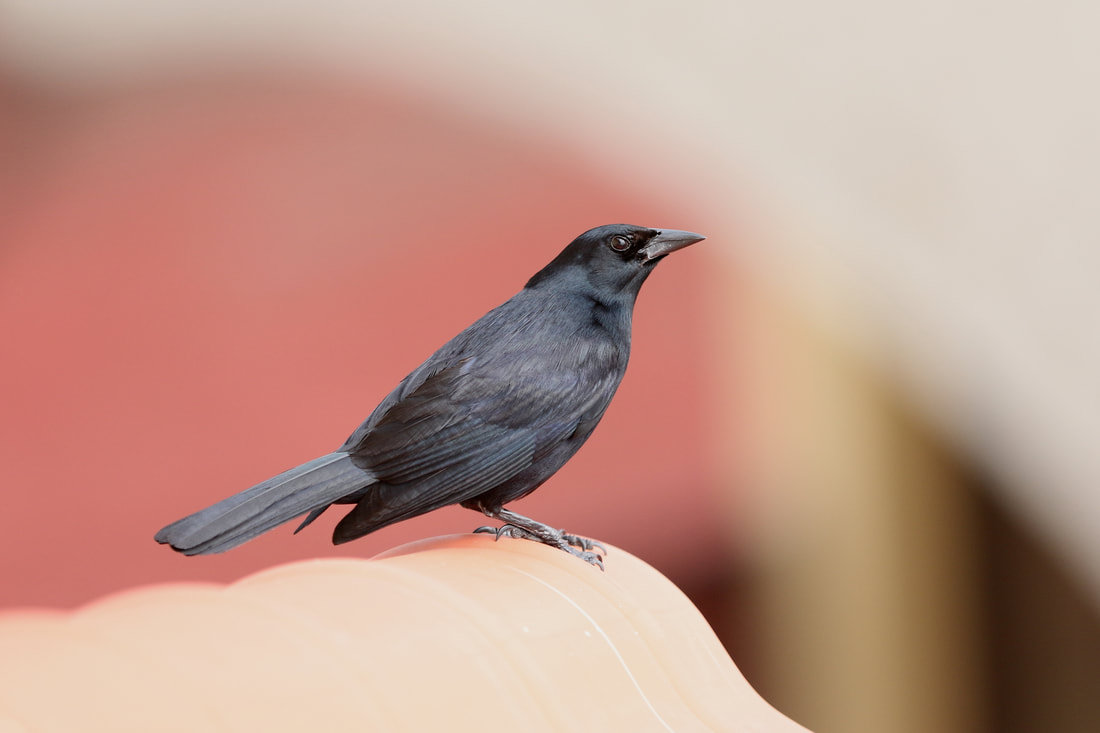
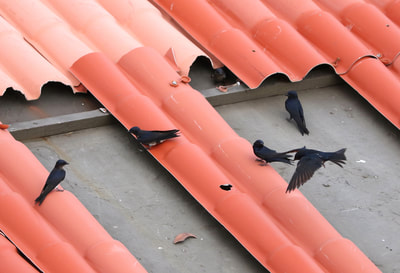
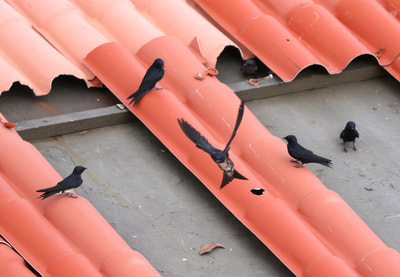
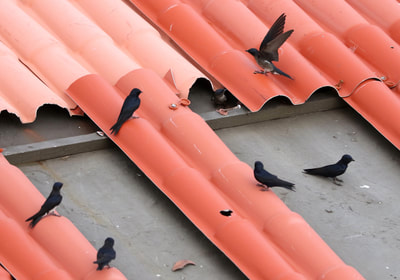
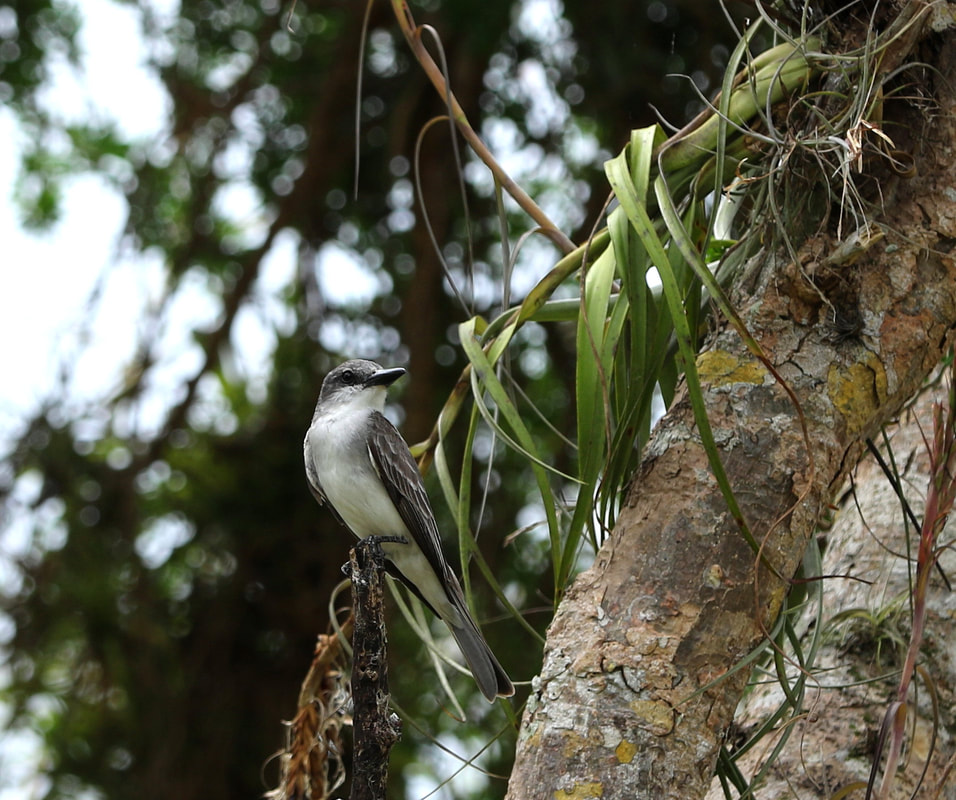
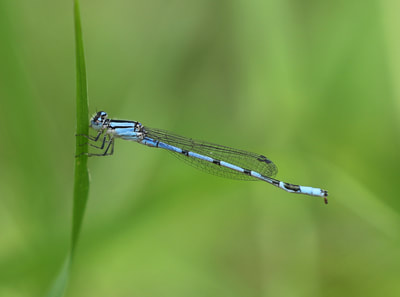
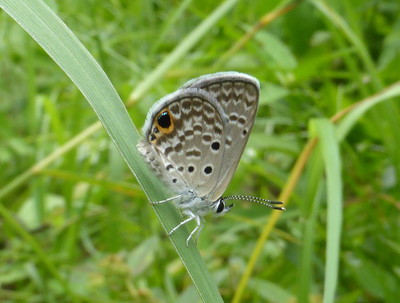
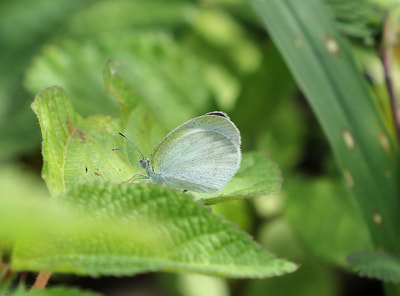
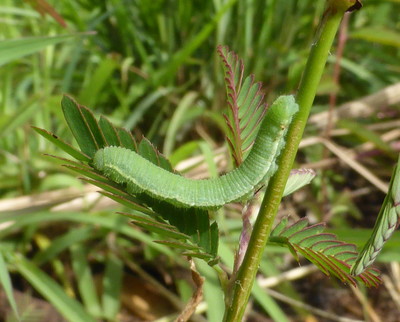
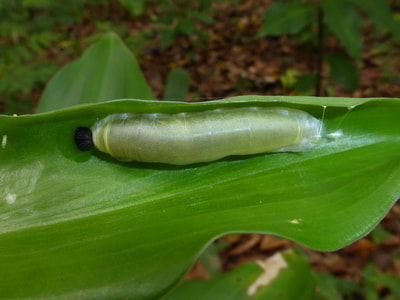
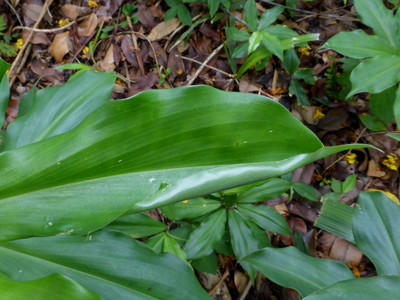
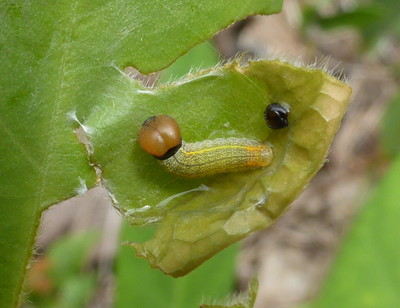
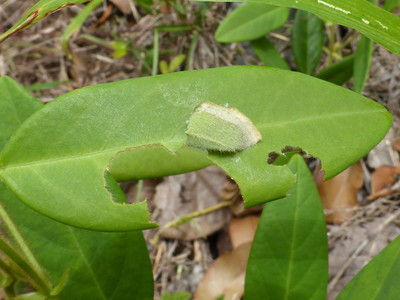
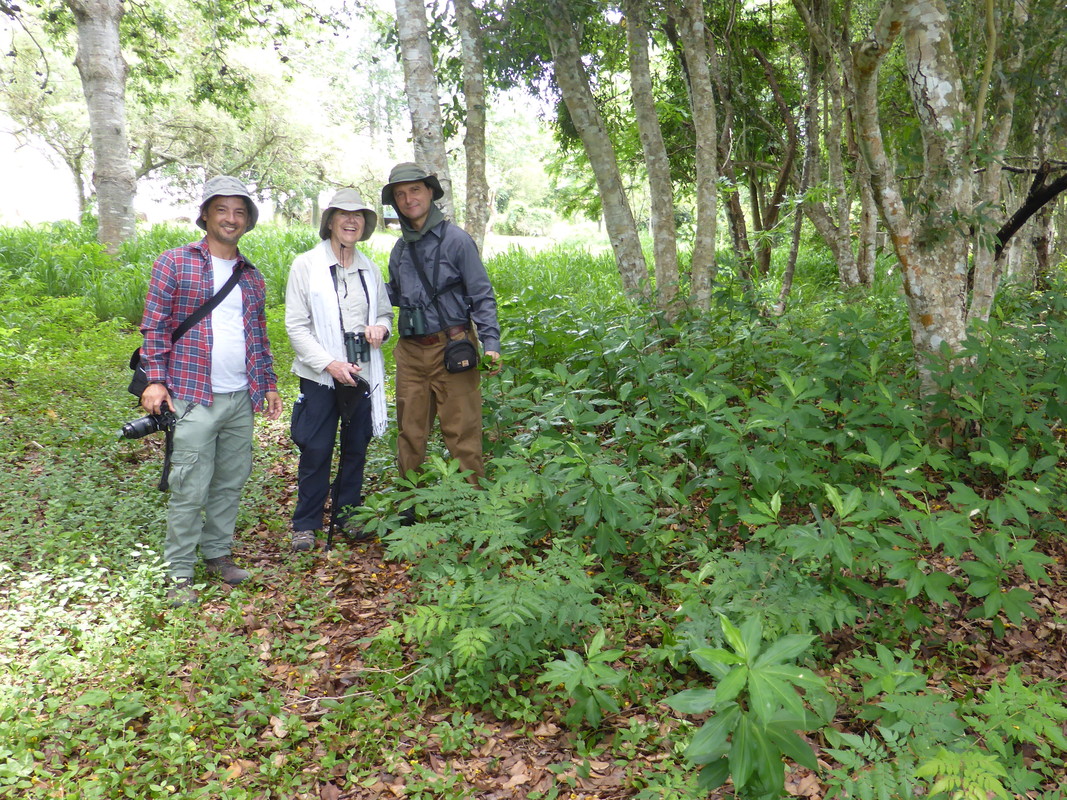
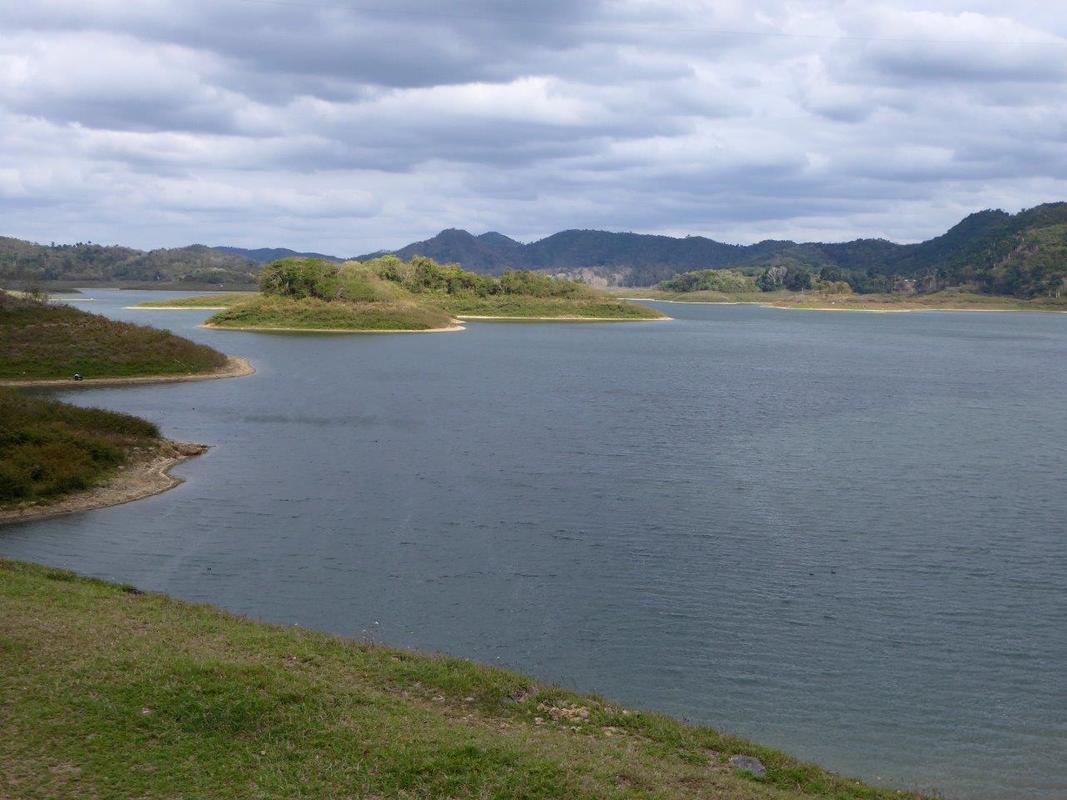
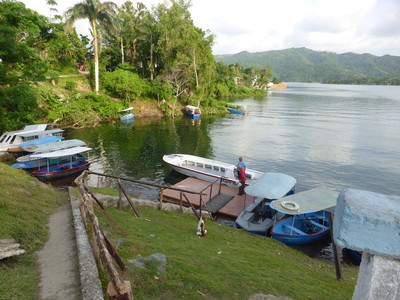
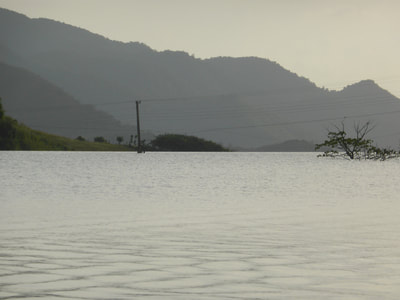
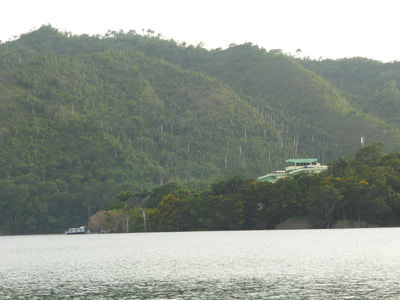
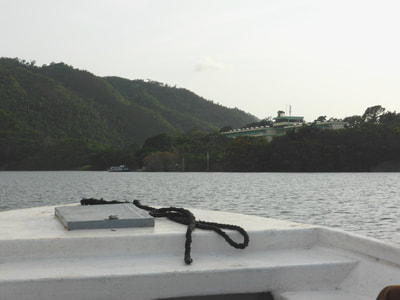
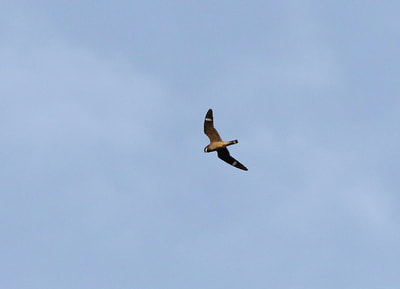
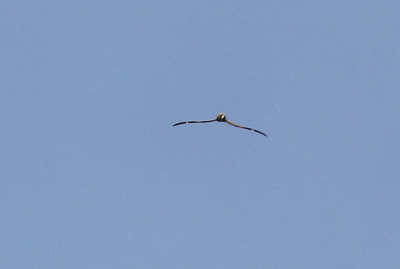
 RSS Feed
RSS Feed